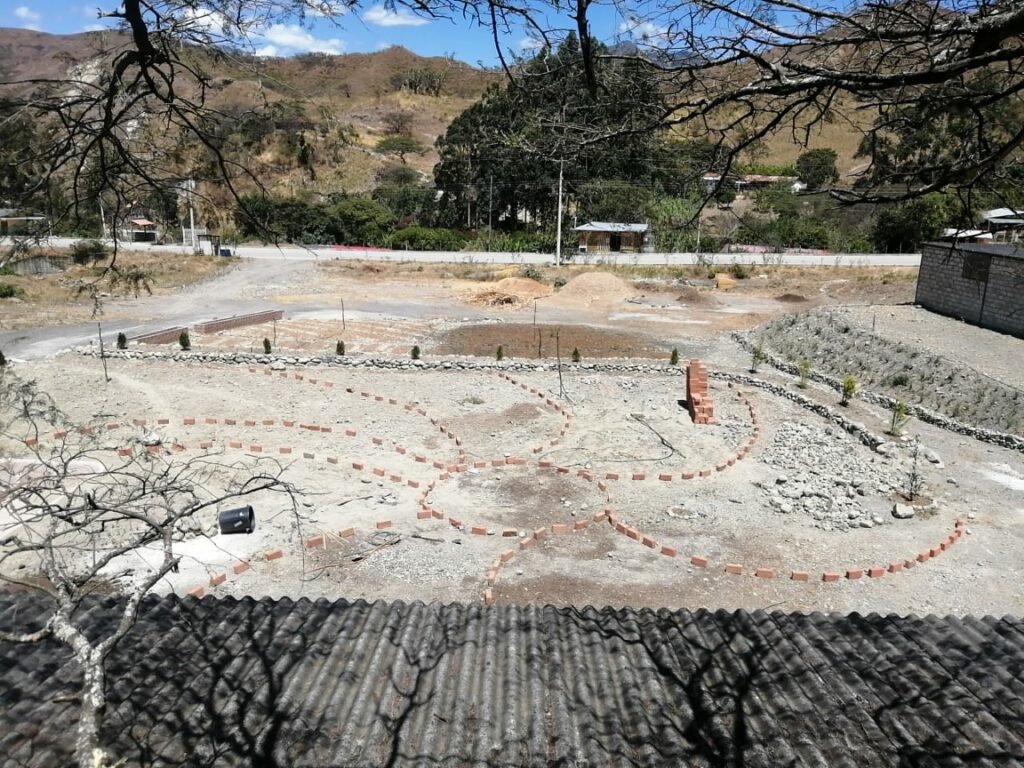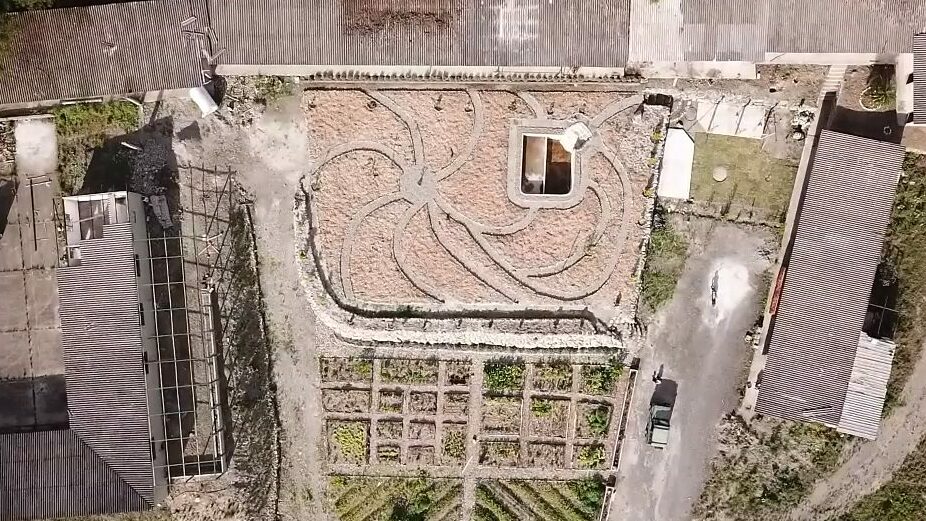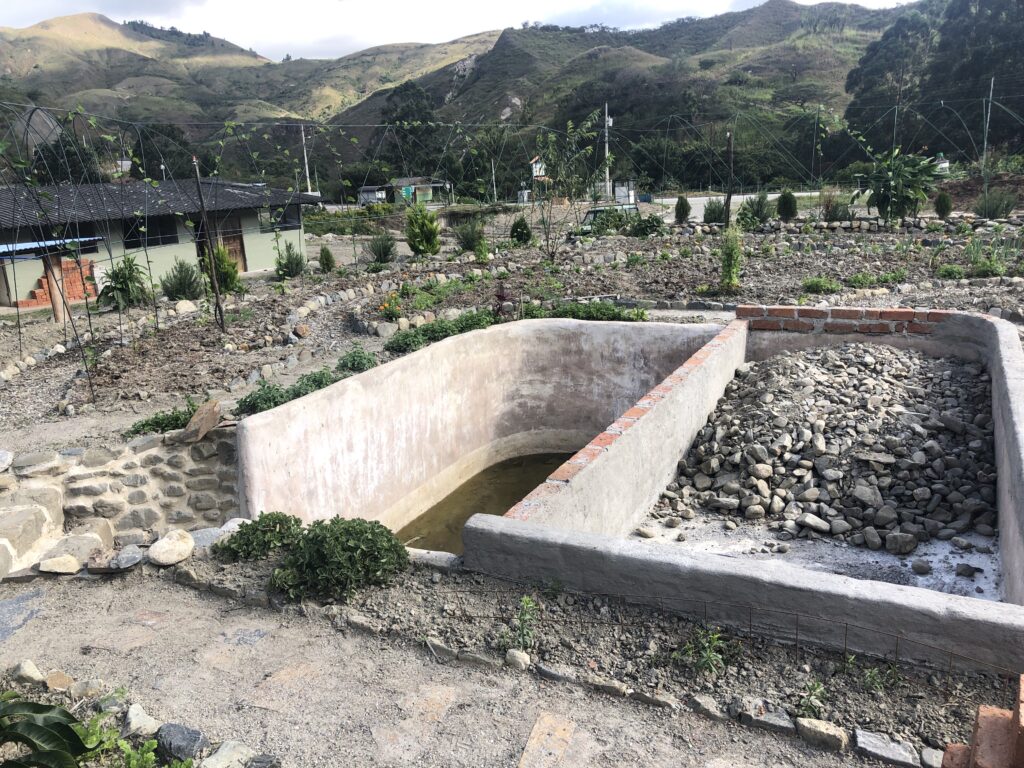Gardening is more than just planting seeds and watching them grow. It’s about becoming a keen observer of nature’s intricate dance. When you step into your garden, you’re not just tending to plants; you’re entering a complex ecosystem teeming with life and governed by natural laws that have been perfected over millions of years.
Take a moment to really look at your garden. Notice how certain plants seem to thrive in specific areas, while others struggle. This isn’t random – it’s nature’s way of finding the perfect spot for each species. As gardeners, we can learn from this. Instead of forcing plants to grow where we want them, we can work with nature to create harmonious, thriving gardens.
Let’s talk about weeds for a moment. Many gardeners see them as the enemy, but they’re actually nature’s pioneers. These plants are often the first to colonize disturbed soil, helping to stabilize it and prevent erosion. They’re like nature’s band-aid, quickly covering and protecting bare earth. Some weeds, known as “dynamic accumulators,” have the remarkable ability to concentrate certain nutrients in their tissues, even when those nutrients are scarce in the soil. When these plants die and decompose, they release these nutrients, enriching the soil for future generations of plants.
Consider the humble blackberry bush. Where I grew up, we called it the “mother of the forest.” Its thorny branches might seem unwelcoming to us, but they provide the perfect protection for young oak seedlings, shielding them from hungry deer. It’s as if the blackberry is saying, “Keep off, stay away,” but what it’s really doing is nurturing the next generation of forest giants.
Grasses are another marvel of nature’s engineering. What we see above ground is just the tip of the iceberg – 90% of a grass plant is actually below the surface, forming an intricate network of roots. This dense root system makes it nearly impossible for soil to erode. It’s nature’s way of holding the earth together.
And let’s not forget about the plants that live on the edges of water. Reeds, rushes, and other aquatic species play a crucial role in maintaining the health of our waterways. They hold the banks together, preventing erosion, and act as natural filters, purifying the water as it flows past.
By observing these natural processes, we can apply them in our own gardens. For example, instead of fighting against weeds, we can learn to use them strategically. Allow some areas of your garden to grow wild, and observe which plants naturally thrive there. These plants are telling you important information about your soil conditions.
You might also consider incorporating dynamic accumulators into your garden design. Plants like comfrey, dandelion, and yarrow can help improve your soil naturally. When you prune these plants, you can use the cuttings as a nutrient-rich mulch for other areas of your garden.
Take inspiration from the blackberry’s protective role and consider creating areas in your garden where delicate plants can grow sheltered from harsh conditions or hungry wildlife. You could use thorny or dense plants to create natural “nurseries” for more vulnerable species.
Mimic nature’s erosion control techniques by ensuring your soil is always covered, either with plants or organic mulch. Consider planting cover crops in areas that would otherwise be bare, especially over winter. This not only protects your soil but also adds nutrients when the crops are turned back into the earth.
And don’t forget about the power of diversity. In nature, you rarely see large areas of a single plant species. Instead, you find a rich tapestry of different plants growing together, each playing a unique role in the ecosystem. Try to recreate this diversity in your own garden. Not only will it be more visually interesting, but it will also be more resilient to pests and diseases.
Remember, your garden is a small piece of the larger ecosystem. By working with nature rather than against it, you can create a thriving, sustainable space that benefits not just your plants, but also the birds, insects, and other wildlife that share your outdoor space.
The point here is to observe you garden, your space, your land. What patterns do you see? What unexpected relationships between plants can you spot? How is nature solving problems in your garden without any intervention from you? The more you observe and learn from nature, the more successful and rewarding your gardening experience will be.
Nature is like a grand tapestry, with every thread playing its unique part in the overall design. Think back to when you were a child, before the world told you to focus on just one thing. Remember how you saw the interconnectedness of everything in your backyard or local park? That’s the perspective we need to reclaim in our gardens.
As gardeners, we need to become “specialist generalists.” It sounds like a contradiction, doesn’t it? But it’s about understanding your garden as a whole system while also appreciating the specific roles of each plant, insect, and microorganism. It’s about seeing both the entire garden landscape and the individual flowers, so to speak.
When we approach gardening with this holistic mindset, we start to recognize and mimic the patterns we see in nature. It’s like learning to dance with a partner who’s been perfecting their moves for millions of years. We learn to work with natural laws rather than against them, harnessing the incredible feedback loops that exist in natural systems.
Here’s the exciting part: we already have all the strategies and techniques we need to create beautiful, productive gardens while nurturing healthy soils and supporting local ecosystems. It’s not about waiting for some new gardening gadget to save us. The solutions are right there in nature, waiting for us to recognize and implement them in our own backyards.
In many of Living Ground’s Soil and Gardening Courses, we share specific information about how to manage a garden, including details about plant varieties and care techniques. But here’s a word of caution: if you try to apply these techniques without understanding the underlying patterns and principles, you might find yourself struggling. It’s like trying to play a piece of music by simply copying someone else’s finger movements without understanding the rhythm or melody.
There’s no one-size-fits-all approach in nature, and the same is true for gardening. What works in one garden might not work in another. That’s why understanding patterns is so crucial. It allows you to adapt and apply principles in ways that make sense for your unique garden space.
Remember, your garden functions as a whole system. You can’t change one part without affecting the others. It’s a complex dance, and sometimes our well-intentioned actions can have unintended consequences. That’s okay – it’s part of the learning process. The key is to observe, adapt, and keep tending to your garden with care and curiosity.
So next time you’re in your garden, try to see it as a whole system. Notice how each plant, insect, and microorganism plays its part. How does water move through your space? How do nutrients cycle? The more you observe and understand these patterns, the more successful and fulfilling your gardening experience will be.
Gardening isn’t just about growing plants – it’s about growing your understanding of the natural world. It’s about reconnecting with that childlike sense of wonder and seeing the interconnectedness of all things. So go ahead, step outside, and start seeing your garden with new eyes. Nature has so much to teach us if we’re willing to listen and learn, right in our own backyards.
Gardening isn’t just about creating beauty or growing food – it’s about becoming a steward of your own little piece of the natural world. By observing, understanding, and working with nature’s patterns, you can create a garden that’s not only beautiful and productive, but also in harmony with the natural world around it. So go ahead, step outside, and start observing. Your garden has so much to teach you!

Secret Garden Planning Stage






